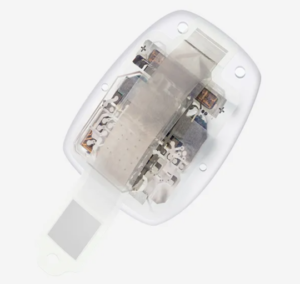Neuralink co-founder has revealed plans for an eye implant that one day will be possible to cure blindness.
It’s called the ‘Science Eye’. It plans to tackle different types of blindness for which there is no cure like retinitis pigmentosa (RP) and dry age-related macular degeneration (AMD).
As you’d expect from someone who worked with Elon Musk to build a brain-computer interface company, the Science Eye is suitably sci-fi.
The Science Eye will work by stimulating the optic nerve with an implanted, flexible ultradense microLED display panel which will be inserted directly over the retina. To act as a go-between and to link the two it will need gene therapy which the company will employ.

At long last, it could work as a brain-computer interface as well and it will enable cyborg-style benefits to wearers which could also enable it to remove the need for glasses and even VR headsets devices which are bulky and big.
Max Hodak who is the former Neuralink President is the mastermind behind this advanced tech. He said that his startup already raised $160 million from its investors to Commercialize the tech.
Max Hodak tweeted “we started with a high-level intuition that accessing the cranial nerves, rather than placing electrodes into the bulk tissue of the brain, could lead to some interesting and important products. this quickly led us to zero in on the optic nerve, aka cranial nerve 2”
Hodak’s startup Science Corp is not going the same path as Neuralink which claimed that to insert the chips into the brain it will drill the skull of the patient to insert the electrodes into the brain. Science Corp has a different, better, and not so painful to hear the process of implementing the device as it will use photoreceptors to pass through the optic nerve into the brain.
The Science Corp will start initially to work on animals. It hopes that the future is not so far when it will get implemented in human patients.
“This is something we think will improve as we learn more – much of this neuroscience is difficult to do in animals – but even so, we hope to restore significant independence to even our (future) early patients,” the company said.
“Our primary focus is on demonstrating sufficient safety data in animals so that we can begin a first-in-human clinical study, which is the first step towards an eventual commercial product.”











